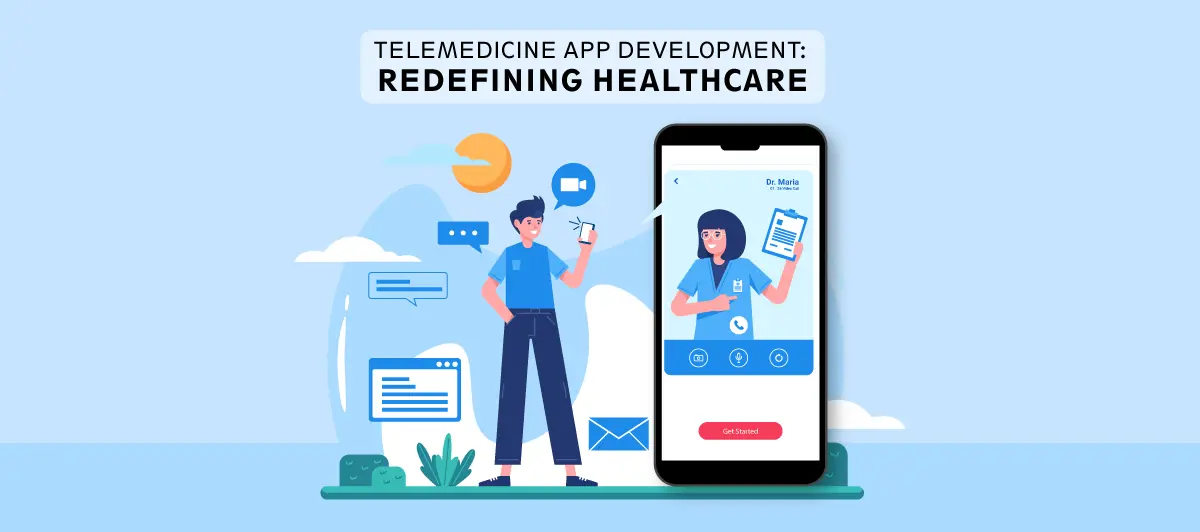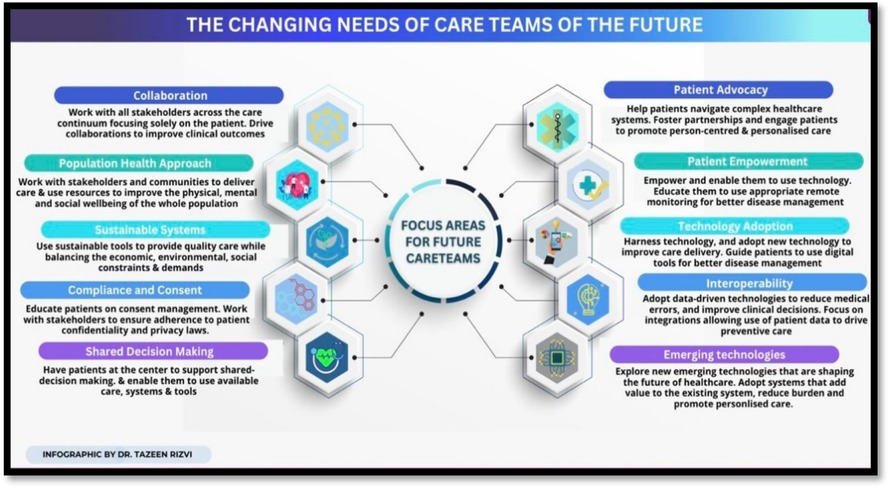- Published on
Telemedicine Healthcare in the Digital Age
- Authors

- Name
- Adil ABBADI
Introduction
The healthcare landscape is undergoing a profound transformation, driven by the convergence of technological advancements, shifting patient needs, and the imperative to improve healthcare outcomes. At the forefront of this revolution is telemedicine, a digital healthcare approach that's redefining the way patients interact with healthcare professionals, access medical services, and receive care. In this article, we'll delve into the world of telemedicine, examining its benefits, applications, and the opportunities it presents for healthcare providers, patients, and the industry as a whole.

- The Rise of Telemedicine
- Benefits of Telemedicine
- Applications of Telemedicine
- Challenges and Future Directions
- Conclusion
- Final Call-to-Action
The Rise of Telemedicine
Telemedicine, also known as e-health or remote care, involves the use of digital technologies to deliver healthcare services remotely. This can include video consultations, online health advice, remote monitoring, and more. The concept of telemedicine is not new, but recent advancements in digital infrastructure, wearable devices, and artificial intelligence have accelerated its adoption. In 2020, the global telemedicine market was valued at 175.5 billion by 2026.
# Example of a simple telemedicine platform using Python and Flask
from flask import Flask, request, jsonify
app = Flask(__name__)
@app.route('/consultation', methods=['POST'])
def consultation():
patient_data = request.json
# Process patient data and respond with a virtual consultation
return jsonify({'consultation': 'Virtual consultation completed successfully'})
if __name__ == '__main__':
app.run(debug=True)
Benefits of Telemedicine
Telemedicine offers numerous advantages over traditional in-person care, including:
1. Increased Accessibility
Telemedicine breaks geographical barriers, enabling patients to access healthcare services from the comfort of their own homes, reducing travel time and expenses.
2. Improved Patient Engagement
Remote care encourages patients to take a more active role in their health management, with real-time monitoring and communication facilitating better health outcomes.
3. Enhanced Efficiency
Telemedicine streamlines clinical workflows, reducing waiting times, and enabling healthcare providers to manage a higher volume of patients.
4. Cost Savings
Reduced hospitalization rates, fewer transportation costs, and lower overhead expenses contribute to significant cost savings for both patients and healthcare providers.

Applications of Telemedicine
Telemedicine is being applied across various healthcare disciplines, including:
1. Remote Monitoring
Patients with chronic conditions, such as diabetes or heart disease, can be remotely monitored, enabling early intervention and preventing complications.
2. Mental Health
Telemedicine platforms provide access to mental health services, addressing the growing demand for behavioral health support.
3. Specialist Care
Patients can access specialist consultations remotely, reducing wait times and improving access to specialized care.
4. Public Health
Telemedicine plays a critical role in public health initiatives, such as disease surveillance, outbreak response, and health education.
// Example of a remote monitoring system using Java and IoT devices
import java.util.ArrayList;
import java.util.List;
public class RemoteMonitoringSystem {
public static void main(String[] args) {
List<Patient> patients = new ArrayList<>();
// Monitor patient data from IoT devices and respond with personalized care plans
}
}
Challenges and Future Directions
While telemedicine presents immense opportunities, it also raises important challenges and concerns, such as:
1. Data Security and Privacy
Protecting patient data and ensuring confidentiality are critical considerations in telemedicine.
2. Regulatory Frameworks
Developing and standardizing regulatory frameworks to govern telemedicine practices is essential.
3. Digital Divide
Addressing the digital divide and ensuring equitable access to telemedicine services is vital.
4. Integration with Existing Systems
Seamless integration with existing healthcare systems and electronic health records is necessary for widespread adoption.

Conclusion
Telemedicine is revolutionizing the healthcare landscape, offering a promising solution to the pressing challenges facing modern healthcare systems. As technology continues to evolve, we can expect to see even more innovative applications of telemedicine, further improving patient care, accessibility, and efficiency.
Final Call-to-Action
Join the telemedicine revolution and stay ahead of the curve in the digital healthcare era. Explore how telemedicine can benefit your healthcare organization, and discover the opportunities it presents for improving patient outcomes and shaping the future of healthcare.
